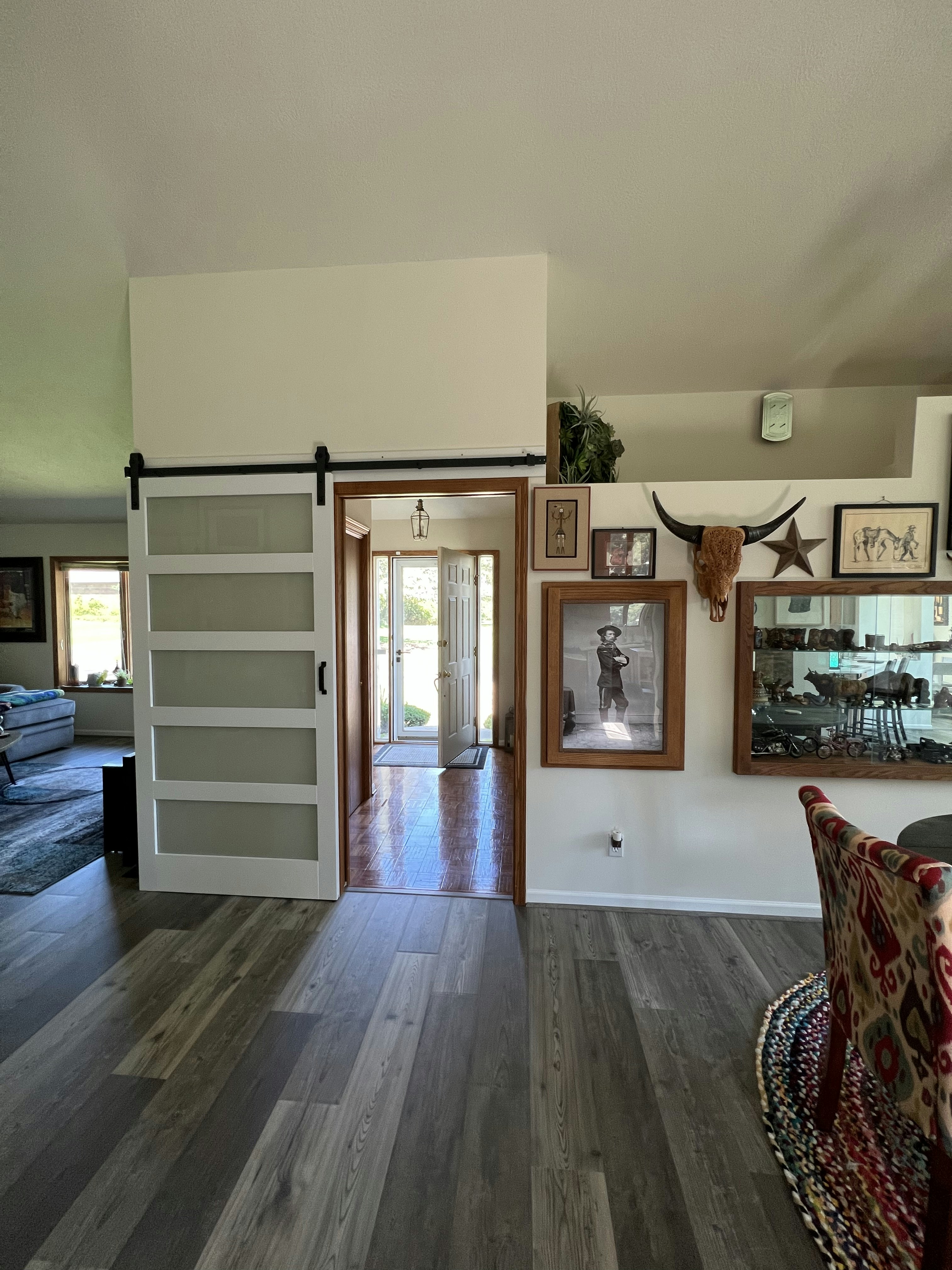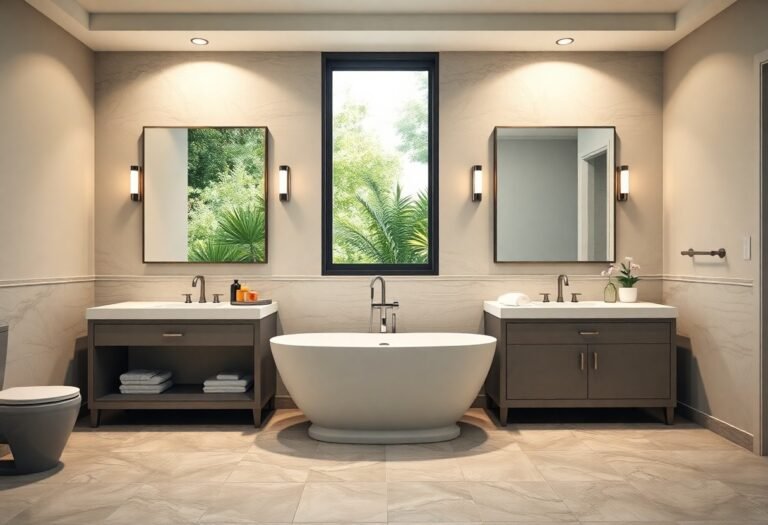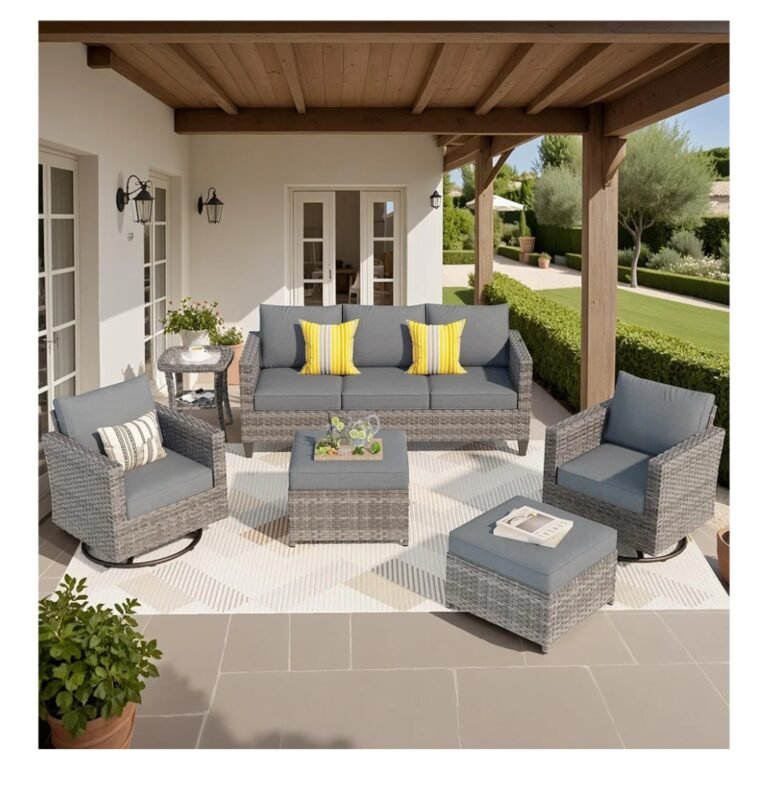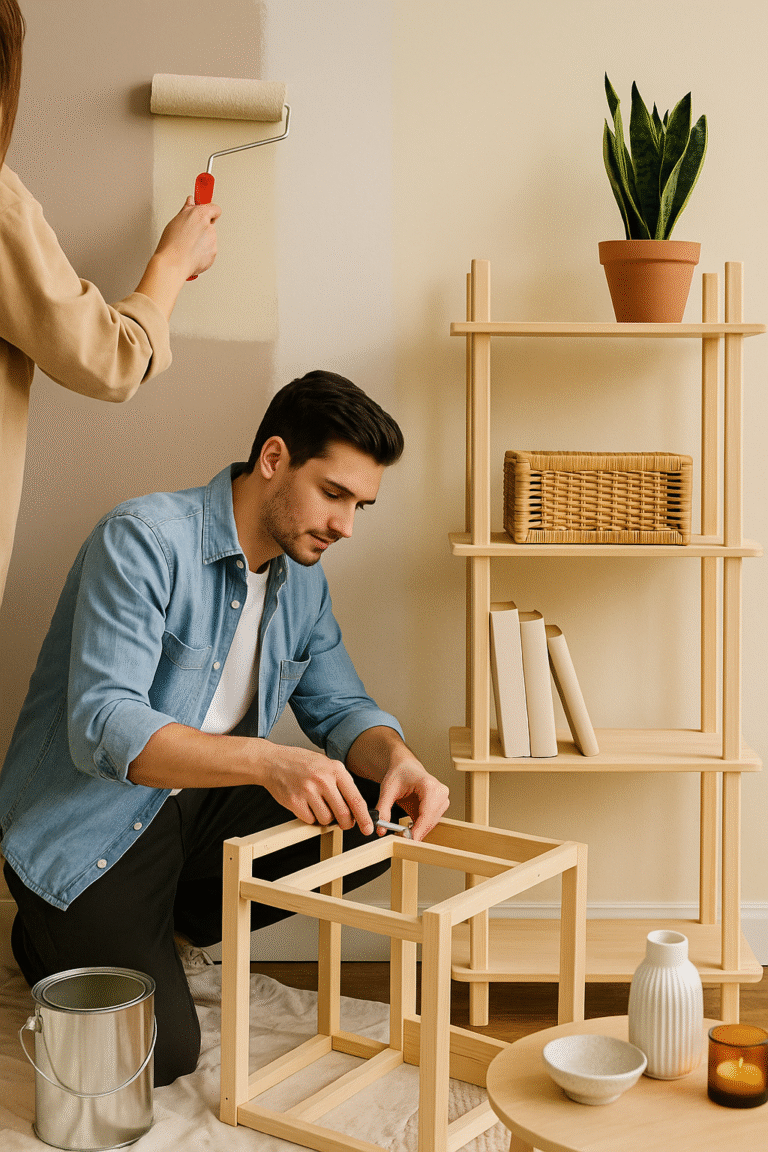Reviving the Past: The Art of Vintage Redesign
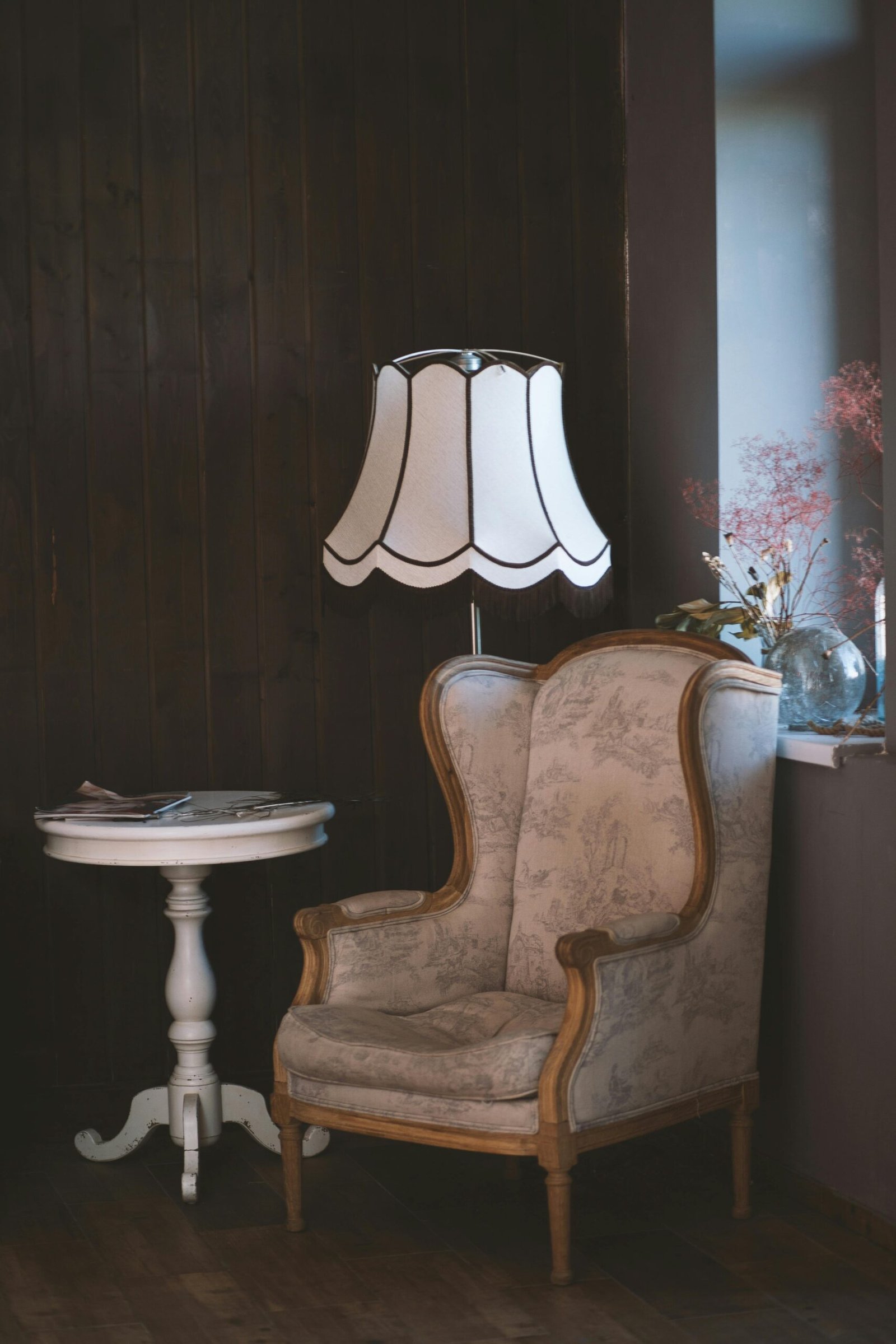
Understanding Vintage Redesign
Vintage redesign is a creative approach that breathes new life into old items, transforming them into contemporary treasures that resonate with both tradition and modern aesthetics. This practice is distinct from mere restoration, which typically aims to return an item to its original state. In contrast, vintage redesign involves reinterpreting vintage pieces, allowing designers to repurpose materials and styles while incorporating innovative elements that make them relevant today. This unique fusion results in one-of-a-kind items that carry history yet appeal to present-day consumers.
The rise in popularity of vintage redesign can be attributed to several factors. First and foremost, there is an increasing appreciation for the emotional and aesthetic value that vintage items hold. These pieces often tell stories and evoke memories, creating a deeper connection for owners. Unlike mass-produced goods, redesigned vintage items come with a sense of individuality that discerning consumers seek, enriching their spaces with character and charm.
Additionally, the sustainability aspect of vintage redesign cannot be overlooked. In an era characterized by environmental concerns, this practice contributes to eco-friendly design practices by promoting the reuse and upcycling of materials that might otherwise end up in landfills. By choosing to repurpose vintage items, designers and homeowners alike engage in responsible consumption while fostering a culture that values creativity and resourcefulness. Vintage redesign not only mitigates waste but also underscores the idea that beauty can be discovered in the old, creating a renewed appreciation for craftsmanship and heritage.
I n
n
In light of these elements, vintage redesign emerges not just as a trend, but as a profound movement that marries aesthetics, emotion, and sustainability. It encourages a thoughtful dialogue between the past and present, inviting individuals to immerse themselves in a narrative that transcends time while contributing to a more sustainable future.
Techniques for Vintage Redesign
Vintage redesign involves various techniques that breathe new life into cherished items while preserving their nostalgic essence. Three prominent methods in this art form include upcycling, repurposing, and refurbishing. Each technique offers unique angles to transform vintage items into refreshed, functional pieces that can seamlessly fit into modern aesthetics.
Upcycling is the practice of creatively enhancing an old item, improving its value and usability without sacrificing its original charm. For instance, an old wooden ladder can be transformed into a stylish bookshelf. This technique involves minimal alterations, allowing the piece to retain its history while serving a new purpose. Repurposing, on the other hand, entails reimagining an object for an entirely different use. A classic suitcase turned into a chic coffee table exemplifies this approach, showcasing how vintage treasures can evolve beyond their original roles.
Refurbishing combines restoration with design enhancements, suitable for items that may require more extensive repair. For example, a vintage armchair may have worn upholstery but can be revitalized with fresh fabric and refinished wood. This technique emphasizes skillful restoration to maintain the item’s integrity while enhancing its appeal. To support vintage redesign projects, key tools such as sanders, paint brushes, and staple guns are essential. Material choices, including eco-friendly paints or sustainable fabrics, can also play a significant role in the overall aesthetic and environmental impact.
Real-life case studies illustrate the successful integration of old and new elements. One notable example is the transformation of outdated furniture, where designers skillfully combined modern fabrics with vintage frames, creating a harmonious blend that appeals to contemporary sensibilities. For beginners venturing into vintage redesign, starting with simple projects and utilizing available resources, such as online tutorials and community workshops, can provide invaluable insights and boost confidence in this creative pursuit.
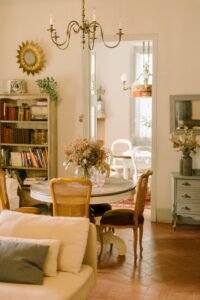
Inspiration Sources for Vintage Redesign
When embarking on vintage redesign projects, finding sources of inspiration is essential to creating unique and engaging designs. One valuable resource for vintage enthusiasts is local vintage markets. These markets offer a unique opportunity to interact with vintage items firsthand, allowing designers to explore the textures, colors, and craftsmanship that characterized different eras. Each item carries its own story, which can spark ideas for modern reinterpretations that retain the original charm.
In the digital age, online platforms such as Pinterest and Instagram have become indispensable tools for gathering design inspiration. By searching specific hashtags related to vintage design, users can discover a wealth of ideas from around the world. These platforms not only showcase completed projects but also provide insights into current trends in vintage redesign, allowing individuals to blend contemporary styles with classic elements effectively.
Another essential source of inspiration lies in historical design movements. By studying the distinct characteristics of various periods, such as Art Deco or Mid-Century Modern, designers can derive inspiration for their own projects. Learning about these movements can offer strategies on how to merge historical elements with a modern aesthetic, creating a cohesive design that feels both timeless and fresh.
Art Deco
Mid Century Modern
Flea markets and estate sales are also treasures for vintage rediscovery. Unique finds and hidden gems await those who take the time to explore these venues. Shopping in such places often reveals items that evoke nostalgia and inspire creativity, presenting opportunities for customization and personal expression. The versatility inherent in vintage items allows individuals to infuse their personal style into their designs, all while respecting the vintage essence of each piece.
Ultimately, gathering inspiration from various sources creates a rich foundation for vintage redesign projects, allowing for creativity while honoring the past.
Creating a Vintage Redesign Project: Step-by-Step Guide
Embarking on a vintage redesign project can be a fulfilling and creative endeavor. To effectively start this journey, one must follow a structured approach that will ensure a successful transformation. The first step is to select the right vintage item. This could be anything from furniture pieces, clothing, or accessories. When choosing an item, consider its condition, intrinsic value, and potential for redesign. Look for pieces that resonate with your personal style and have the potential for improvement.
Once you have your selected vintage item, it’s pivotal to plan the redesign concept. Sketching your ideas or creating a mood board can help clarify your vision. Think about the aesthetics you wish to achieve: will you be updating an antique chair with modern fabrics or repurposing an old lamp with a fresh coat of paint? This conceptual phase is essential, as it serves as a blueprint for what’s to come.
Next, gather the necessary materials for your project. This can include paint, fabric, tools, and any decorative elements that may enhance your vintage item’s new design. Make a checklist to ensure you have everything you need to avoid interruptions during the process.
With your materials in hand, you can now execute the redesign process. Taking your time is crucial; be diligent in following your plan, but don’t hesitate to adapt your ideas as you work. Unexpected challenges may arise, such as mismatched colors or structural issues with the item. It’s important to remain flexible and embrace these obstacles as part of the creative process.
Finally, the last step is to display your finished product. Consider how and where you will showcase your redesigned vintage item. Whether it’s placing it in your home or presenting it to friends, this moment should be about celebrating your effort and creativity. Remember that the journey of redesigning a vintage piece is as significant as the final result itself; enjoy every moment spent crafting your new treasure.





















